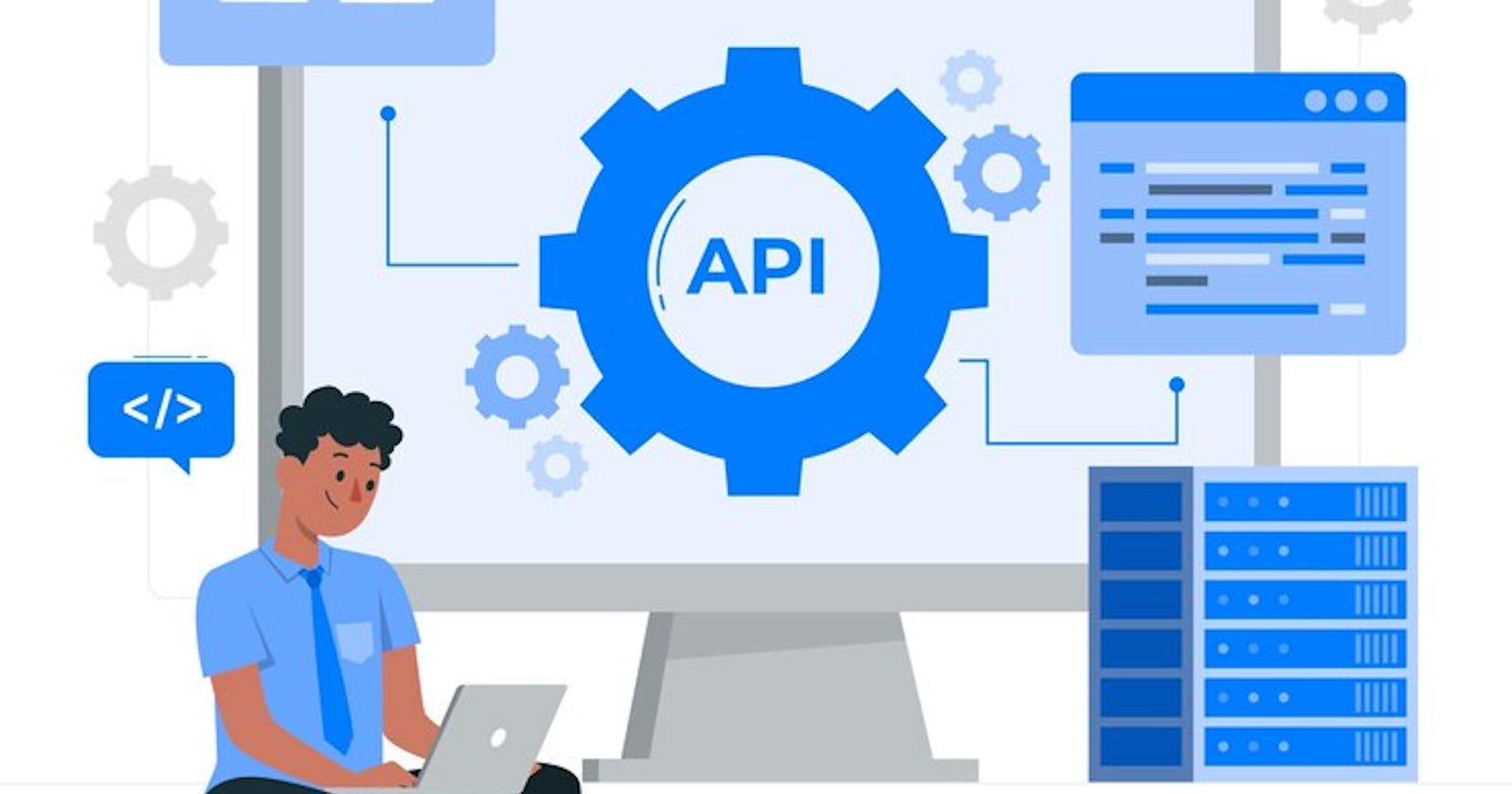API integration empowers developers to link their apps with external software and services, a potent tool for enhancing data management and automation in SQL Server. This article delves into API integration's intricacies within SQL Server, covering fundamental concepts, troubleshooting tips, and performance optimization strategies.
What is API Integration?
API integration is like a digital bridge that connects different software applications, allowing them to communicate and share data seamlessly. Think of it as a language translator for computers, ensuring they understand each other's instructions.
Imagine you have an online store and want to sync customer information from your website to your email marketing platform. API integration makes this possible by enabling these systems to talk to each other in real-time, automatically updating customer details without manual intervention.
This technology revolutionizes how businesses operate by automating processes, improving data accuracy, and enhancing overall efficiency. It empowers organizations to create integrated workflows, streamline operations, and deliver a better user experience.
In essence, API integration simplifies complex connections between software applications, making it easier for businesses to leverage the full potential of their digital tools and systems. It's the backbone of modern digital connectivity, driving innovation and growth across industries.
Advantages of API Integration in SQL Server
API integration in SQL Server brings numerous advantages that can transform how businesses manage data and operate. Here's a detailed look at these advantages of API integration services in SQL Server:
Real-time Data Sync:
API integration allows SQL Server to sync data with external applications and platforms in real-time. This means that any updates or changes made in one system are immediately reflected in SQL Server and vice versa. For example, if you have an e-commerce website integrated with SQL Server, new orders placed by customers will instantly appear in your database, ensuring accurate and up-to-date information at all times.
Automation of Processes:
With API integration, routine tasks such as data retrieval, updates, and transfers can be automated. This reduces manual effort, minimizes human errors, and frees up time for your team to focus on more strategic initiatives. For instance, you can automate the process of fetching customer information from a CRM system and storing it in SQL Server without manual intervention.
Enhanced Connectivity:
API integration expands the connectivity of SQL Server by enabling it to interact with a wide range of applications, services, and APIs. This connectivity opens up opportunities for seamless data exchange and collaboration across different platforms. For instance, integrating SQL Server with cloud services like Azure or AWS allows you to leverage additional features and resources for your database.
Improved Decision-Making:
By integrating APIs with SQL Server, businesses gain access to comprehensive and consolidated data from various sources. This integrated data can be analyzed to extract meaningful insights, trends, and patterns, empowering better decision-making. For example, combining sales data from an e-commerce platform with customer feedback from a survey tool within SQL Server can provide valuable insights into customer preferences and behaviour.
Scalability and Flexibility:
API integration in SQL Server offers scalability and flexibility to adapt to evolving business needs. As your business grows or changes, you can easily integrate new applications or services with SQL Server to accommodate additional data sources or functionalities. This scalability ensures that your database remains robust and capable of handling increasing data volumes and diverse data types.
Enhanced Customer Experience:
API integration enables businesses to deliver a seamless and personalized experience to customers. For instance, integrating an SQL Server with a customer support ticketing system allows customer service agents to access customer data quickly, leading to faster resolutions and improved satisfaction.
API Integration in SQL Server: Step-by-Step Guide
Here's a step-by-step guide to API integration in SQL Server:
Step 1: Understand Your Integration Needs
Begin by identifying why you need API integration in SQL Server. Determine what data you want to integrate, which systems or applications are involved, and the desired outcomes of integration.
Step 2: Choose the Right API
Select an API that meets your integration requirements. Ensure the API provides the necessary endpoints and functionalities for data exchange with SQL Server. Popular APIs include RESTful APIs, SOAP APIs, and custom APIs.
Step 3: Obtain API Credentials
If the API requires authentication, obtain the required credentials (API keys, access tokens, etc.) from the API provider. These credentials authenticate your SQL Server requests to the API.
Step 4: Set Up SQL Server Environment
Ensure your SQL Server environment is ready for integration. Create databases, tables, and stored procedures as needed to store and process integrated data. Configure SQL Server to handle API requests and responses.
Step 5: Develop Integration Logic
Write code or scripts within SQL Server to handle API interactions. This includes sending requests to the API, receiving and processing API responses, and storing or updating data in SQL Server tables.
Step 6: Implement Error Handling
Plan for error-handling mechanisms to manage potential integration issues. Include error logging, exception handling, and retry mechanisms to ensure smooth API integration and data consistency.
Step 7: Test Integration
Thoroughly test your API integration to validate functionality and data accuracy. Test various scenarios, such as successful API calls, error responses, and edge cases, to ensure robustness and reliability.
Step 8: Secure Integration
Implement security measures to protect data during API integration. Use HTTPS for secure communication, encrypt sensitive data, and implement access controls to prevent unauthorized access to SQL Server and API endpoints.
Step 9: Monitor and Optimize
Set up monitoring tools to track API integration performance, data flow, and system health. Monitor API usage, response times, and data processing metrics. Optimize integration processes based on performance insights.
Step 10: Document Integration Process
Document the API integration process, including configurations, code snippets, credentials, and troubleshooting steps. This documentation serves as a reference for maintenance, updates, and onboarding new team members.
By following these steps, you can successfully implement API integration in SQL Server, enabling seamless data exchange and automation between SQL Server and external systems or applications.
Conclusion
In conclusion, implementing API integration in SQL Server opens up a world of possibilities for seamless data exchange and automation. By following the steps outlined in this guide, businesses can leverage the power of API integration to enhance connectivity, streamline processes, and improve decision-making. With the right API integration services and a strategic approach, SQL Server can become a central hub for data management and collaboration across various systems and applications.
API integration is not just about technology; it's about empowering businesses with efficient software development solutions that drive innovation and efficiency. Embracing API integration in SQL Server enables organizations to stay agile, adapt to evolving needs, and deliver exceptional experiences to customers. It's a key enabler for modern businesses seeking to thrive in a digital-first environment.

